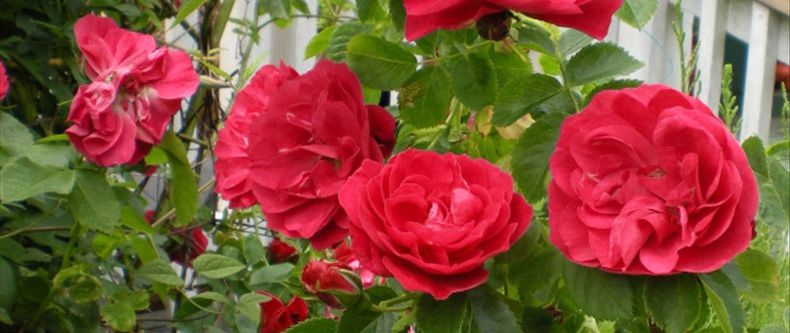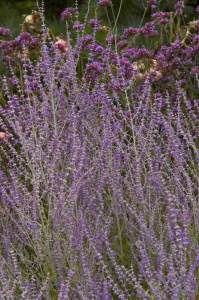Perennial Garden Spring Cleaning
I’m really excited that spring is back! It’s been great weather in some areas but if you haven’t made it out in the garden yet and looking to get started, it’s probably best to start cleaning up your perennial garden.

As excited as you may be to get out and go crazy in the garden, be mindful of when you’re starting with the perennial cleanup. The dead tops of perennials can be cleaned up any time by cutting them back but if you have some wet clay soil still around, give it some time to start drying out. This helps prevent soil compacting which can affect soil drainage. Once your bulbs start to awaken you’ll know that you’re in the clear to start getting in there.
Once you’re ready to get started, you’ll need a pair of sharp hand pruners or hedge shears. Much of the foliage and dead stems can be removed easily with your hands just by snapping the stems. Perennials that have died back completely, remove everything to just above the ground. Toss all the cleanup into your compost pile unless you suspect any diseased plants which in that case dispose of them. Also discard of anything that you want to avoid from spreading, such as weeds.
Do not wait too long into the spring to do your cleanup though, as you’ll probably get a tangled mess of dead plants mixed in with fresh spring growth. Do try and cut back before the new spring bulbs begin to appear to avoid stepping on them.
What should you cut back?
- Late summer and fall flowering perennials usually have dead stems and leaves on top, but green foliage at the base, remove only the dead parts. Ex: Daisies or Chelone (Turtlehead).
- Ornamental grasses should be cut before the new growth so that you do not risk cutting the new growth.
- Evergreen perennials such as Moss Phlox (phlox subulata) should be cut back after they have sprouted some new growth, you may be tempted to cut them back in early spring if they look dead but wait, and they take a while to break dormancy.
-

Perovskia
Woody stem perennials including Lavender or Perovskia should be cut back in late spring after their new shoots start to show. Otherwise they may not handle a late cold frost. Cut back about 15-30cm from the ground or at the new shoots.
- Roses should be done when the season begins to warm up and the small buds begin to swell, this can be anywhere between January and April depending on the climate. For rose shrubs, prune to about half its size, creating a rounded shape. Cut out any dead or weak stems. For climbers, tidy the plant and tie any strong stems to start shaping the plant.
Prep your garden for success
Fertilizing can be an option for every spring, but some people choose to do it every few years. If you use a mulch of wood chips or bark it’s a good idea to fertilize every year as the mulch tends to suck out the nitrogen in the soil. If you’ve planted your borders within the last couple years they are usually fine to not fertilize as long as the soil was properly prepared. Fertilize by working it into the soil around the perennials, do not apply directly on top as it could burn the foliage. Remember if you are using manures to make sure that they are well rotted as fresh manure and burn your plants too.
When choosing your fertilizers, be sure to read the label carefully. Choose a vegetable garden fertilizer with high middle number (Phosphorus) such as 5-10-5 to help with strong stems and lots of flowers. If you have a small garden you may also opt for a box of balanced (14-14-14) slow release fertilizer that you can you on all your flower beds and containers. Never use a lawn fertilizer as it is too strong for your gardens & flower beds.
Mulching is also a common question, it can have many good benefits as it will help reduce the amount of weeding required as well as keep the soil cool and moist during the summer. When using mulch, be sure to only use about 5-10cm so it does not prevent the plants from coming through.
Good luck and happy spring cleaning in the garden!
Florissa


